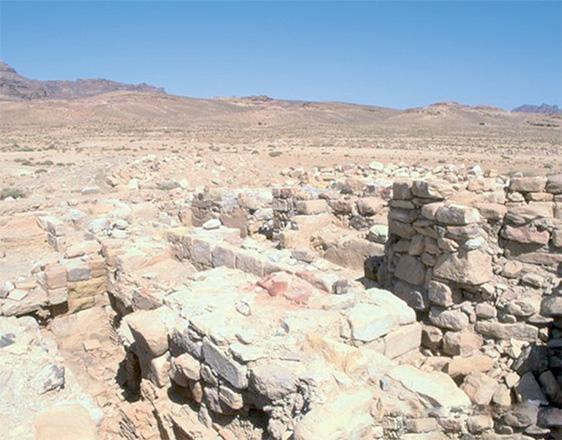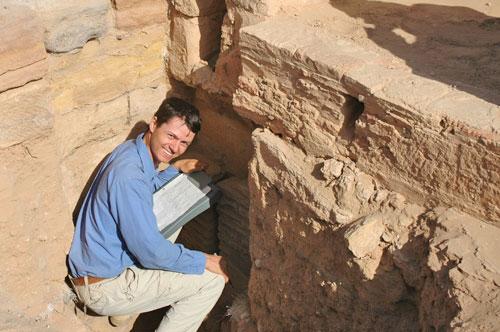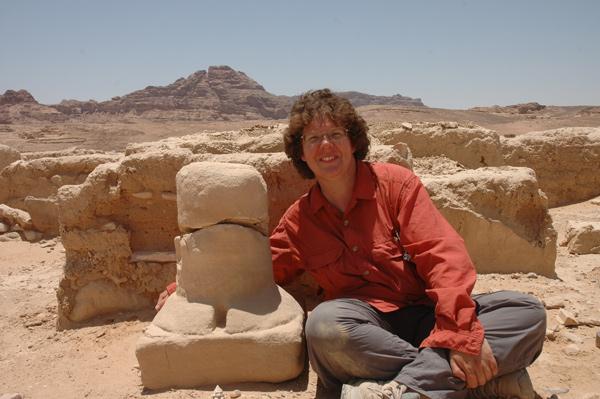You are here
Marble fragment found in Humayma likely belonged to statue of Artemis — scholar
By Saeb Rawashdeh - Sep 01,2022 - Last updated at Sep 01,2022

Photo courtesy of ACOR/ Jane Taylor Collection
IRBID — Founded by the Nabataeans, Humayma, located some 240km south of Amman, was an important stop on the trade route between Aqaba and Petra. When Romans annexed the Nabataean kingdom in 106AD, the site became one of earliest forts in the region, noted a Canadian archaeologist at the 15th International Conference on the History and Archaeology of Jordan held in Irbid.
“Civilian settlements thrived during the Byzantine and early Islamic period, and since 1986, the site became a focus of archaeological investigation,” said Craig Harvey in his presentation, “A Marble Sculpture Fragment from the site of Humayma”.
Harvey’s Canadian archaeological team primarily studies Byzantine churches, water systems, the Roman fort in Humayma, and an early Islamic residential structure which is believed to belong to the Abbasid family, the scholar said.
On June 12, 1993, a marble fragment was found in the Islamic structure, and was identified to belong to a Roman statue, Harvey said, adding that it likely fell off a section of drapery over a human figure.
Based on the size of the fragment, the statue was estimated to be 60cm tall, continued Harvey. He noted that after initial studies, it was returned to the Department of Antiquities.
“This piece represents the only marble statue found at the site, as the evidence of figural structures in Humayma is quiet scarce,” Harvey said.
The archaeological team revealed that marble statues were likely imported to the south of Jordan. The fragmentary piece of the statue severely limits any analysis regarding the identification of the figure, Harvey said.
“Nevertheless, the curved drapery resembles that of the goddess Artemis,” Harvey added, clarifying that Artemis was popularly venerated in the region during this period.
The Temple of Artemis in Jerash and various coins prove that her cult was present in this region during these times, Harvey stressed, adding that a torso, thought to be from a large bronze statue of Artemis, was found in Petra.
Another possibility is that the marble fragment belonged to the statue of Victoria, the Roman goddess of victory, which was often worshiped by the Roman military, said Harvey, noting that the sculpture likely came from the praetorium, or the residence of the Roman commander within the fortress.
“Excavation of the residence of the commander of the military camp revealed luxuriously decorated, stylised columns, and a large central courtyard. The marble sculpture helps understand the habits of Roman soldiers in Humayma,” the scholar said.
Related Articles
IRBID — The 15th International Conference on the History and Archaeology of Jordan (ICHAJ) on Tuesday gathered around 294 Jordanian and inte
AMMAN — The preatorium, a commander’s residence, in Humayma, 280km south of Amman, clearly demonstrates the luxury and the status the comman
AMMAN — The Nabataeans established a town at Humayma, some 240km south of Amman, in the first century BC, and the first phase of a shrine ex














